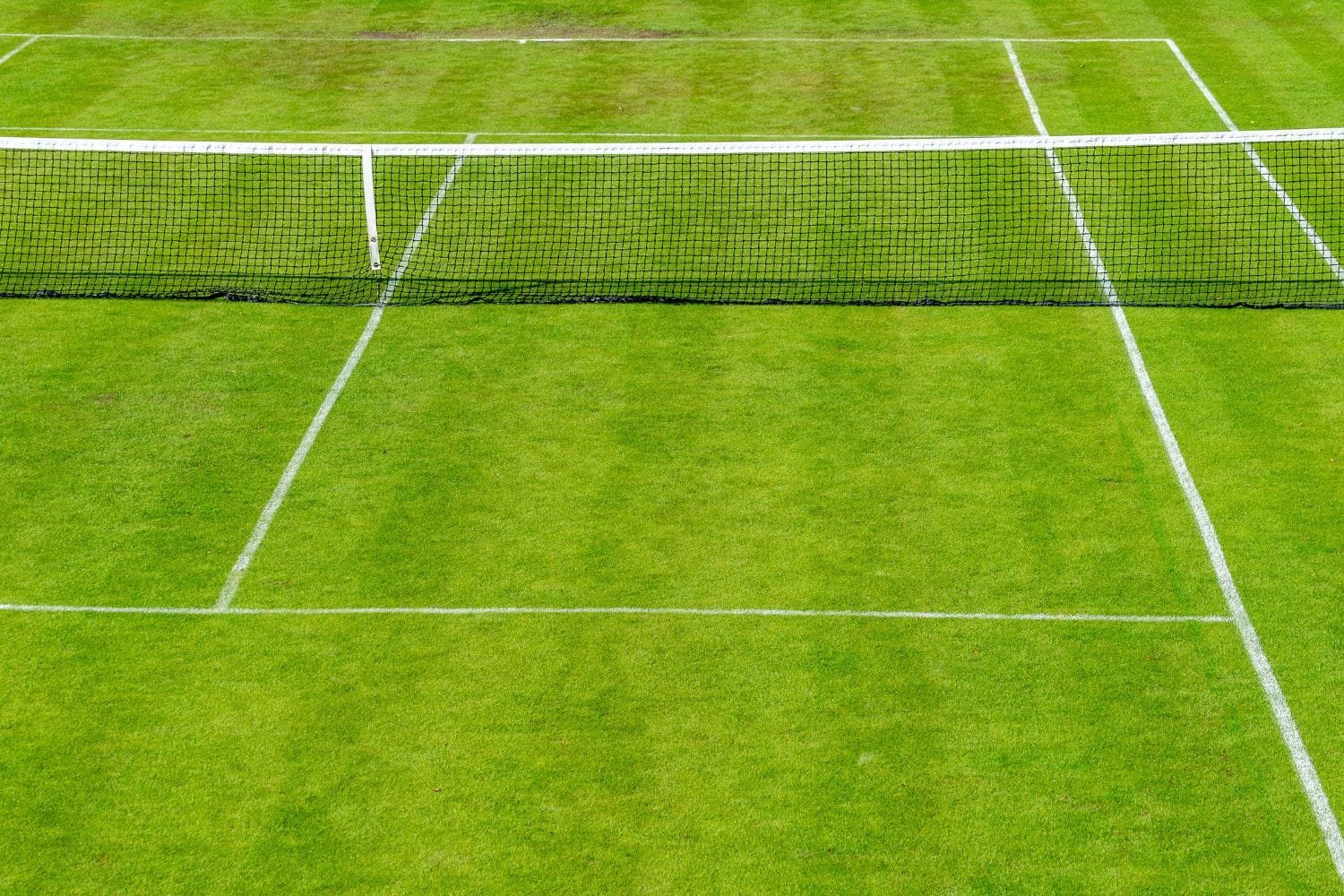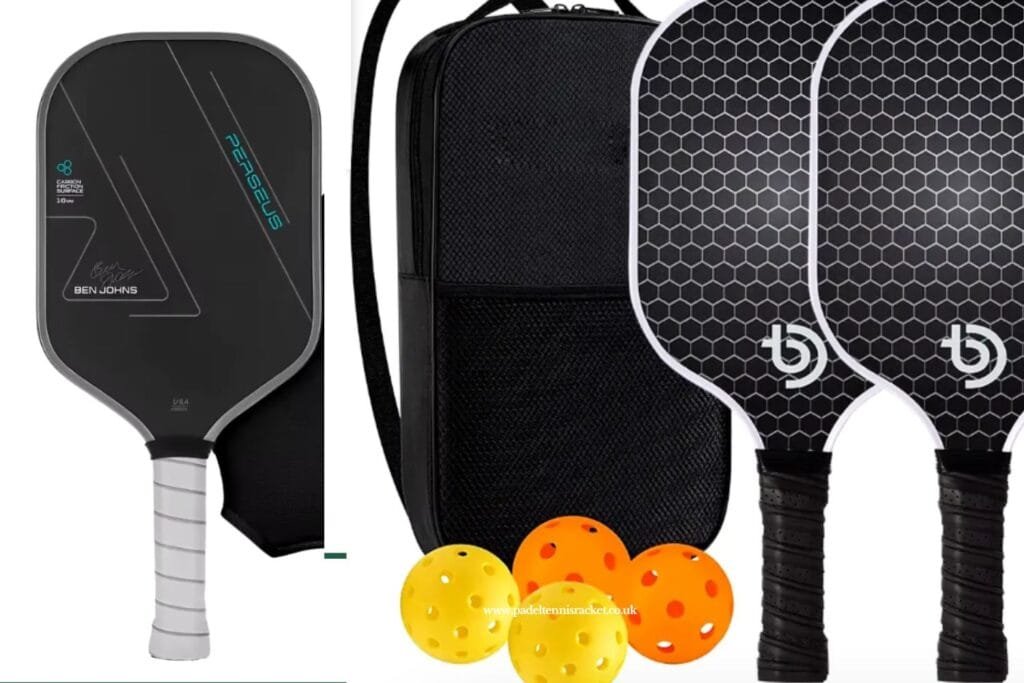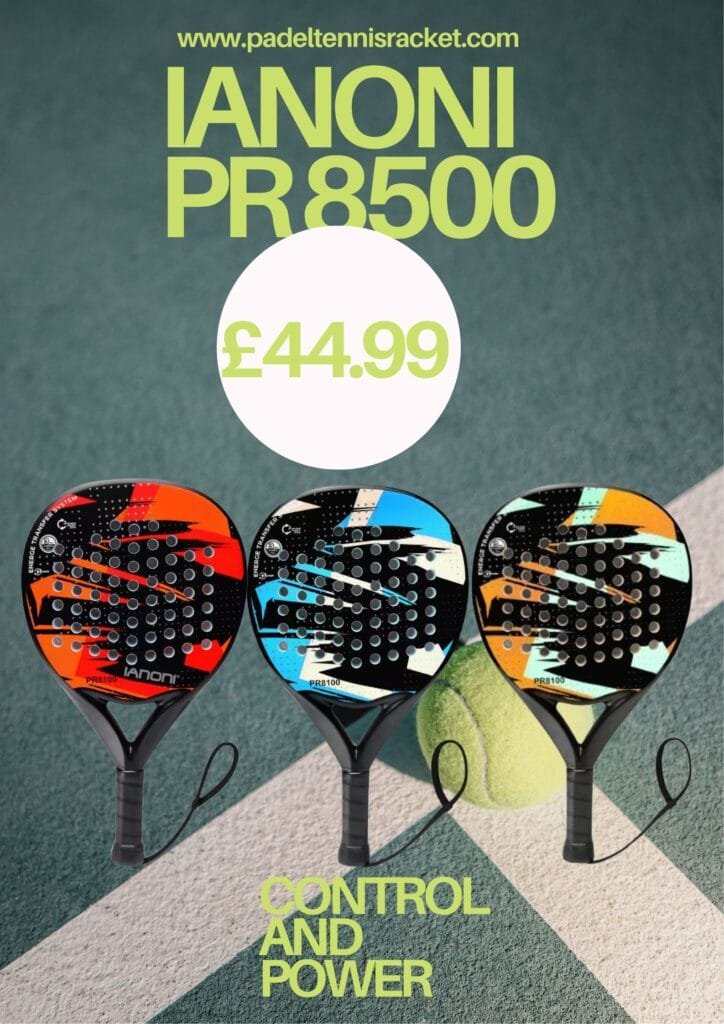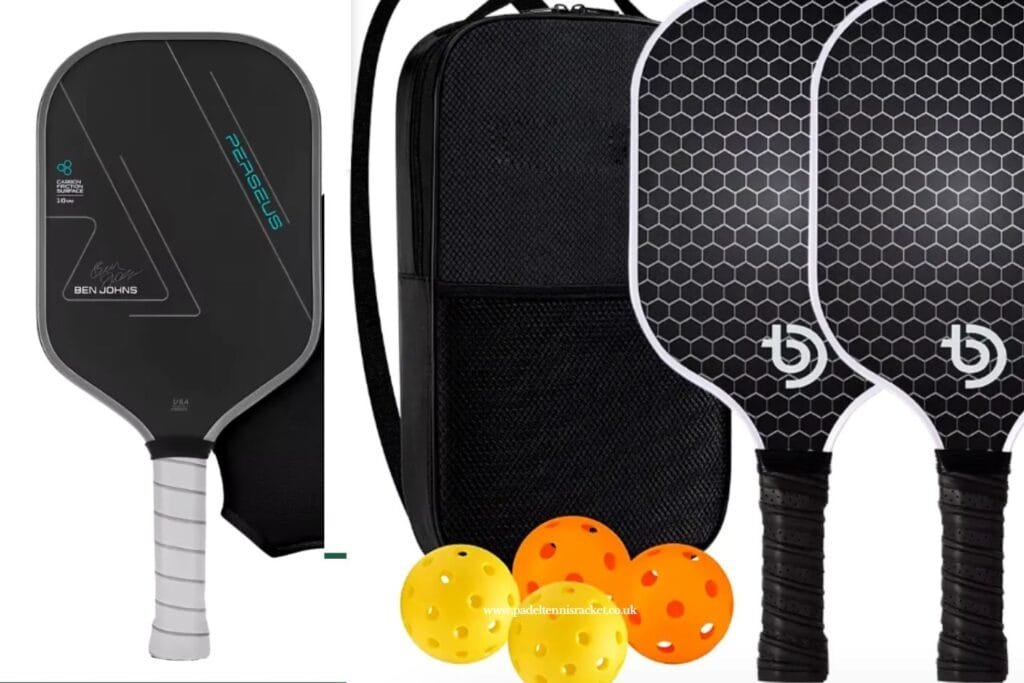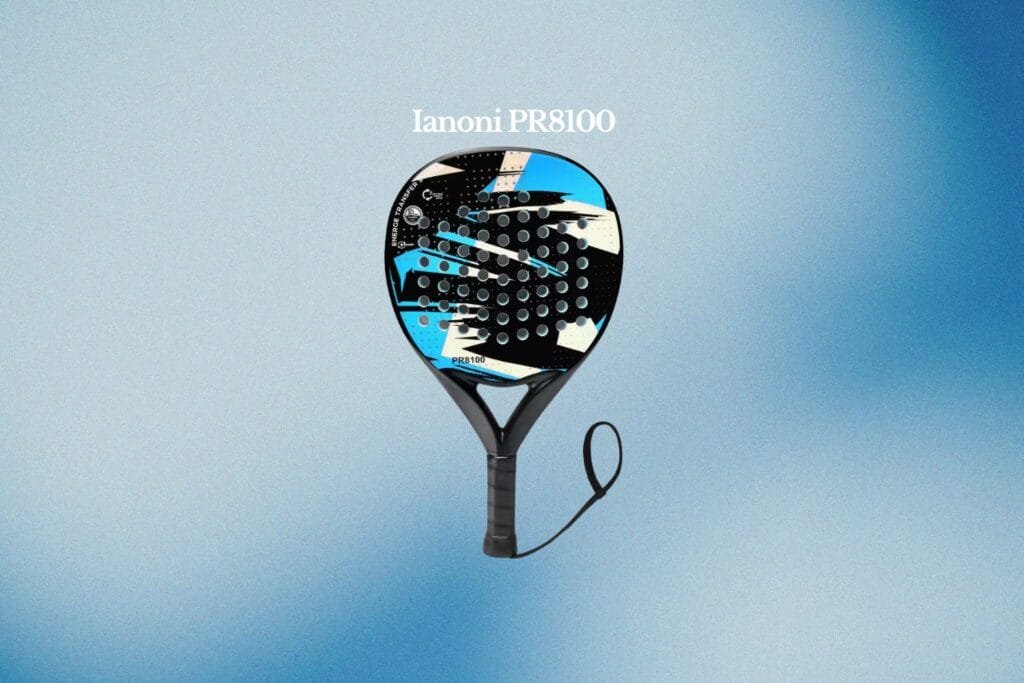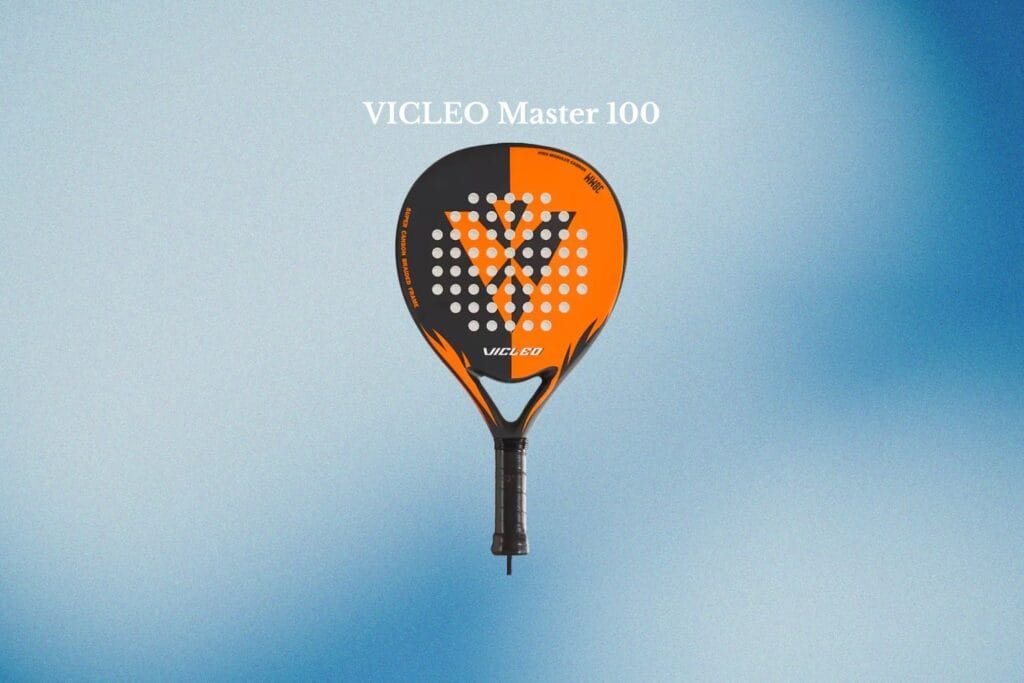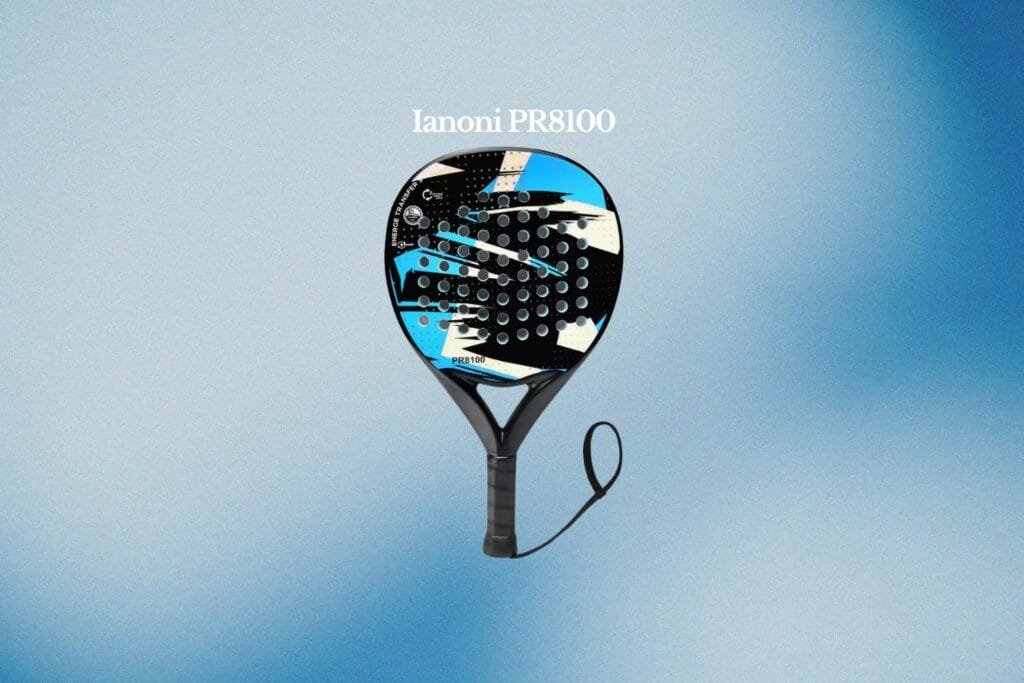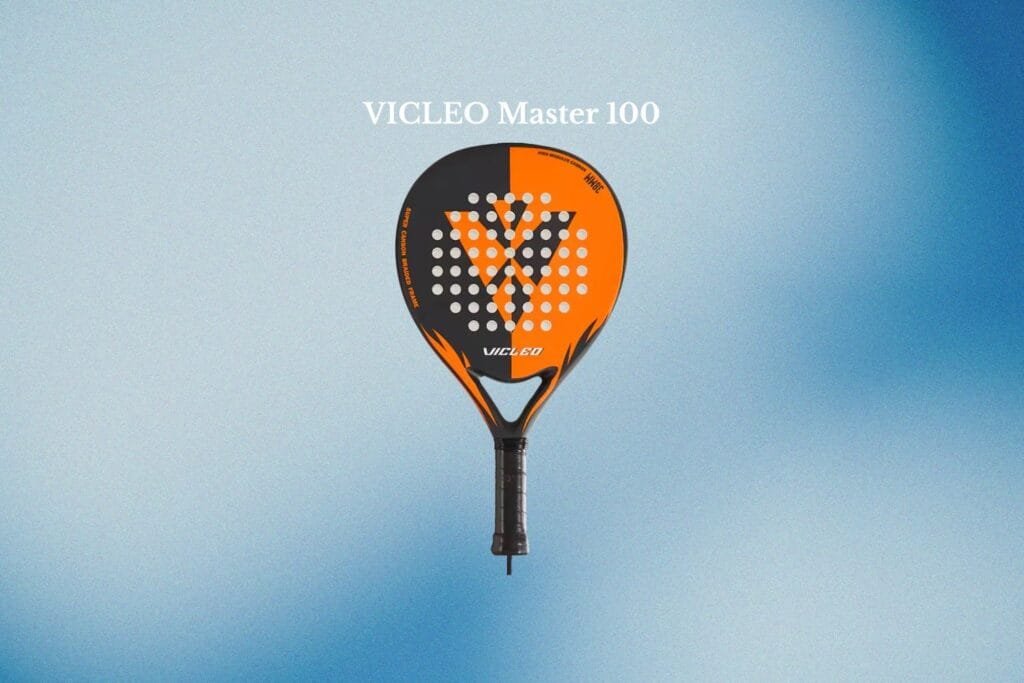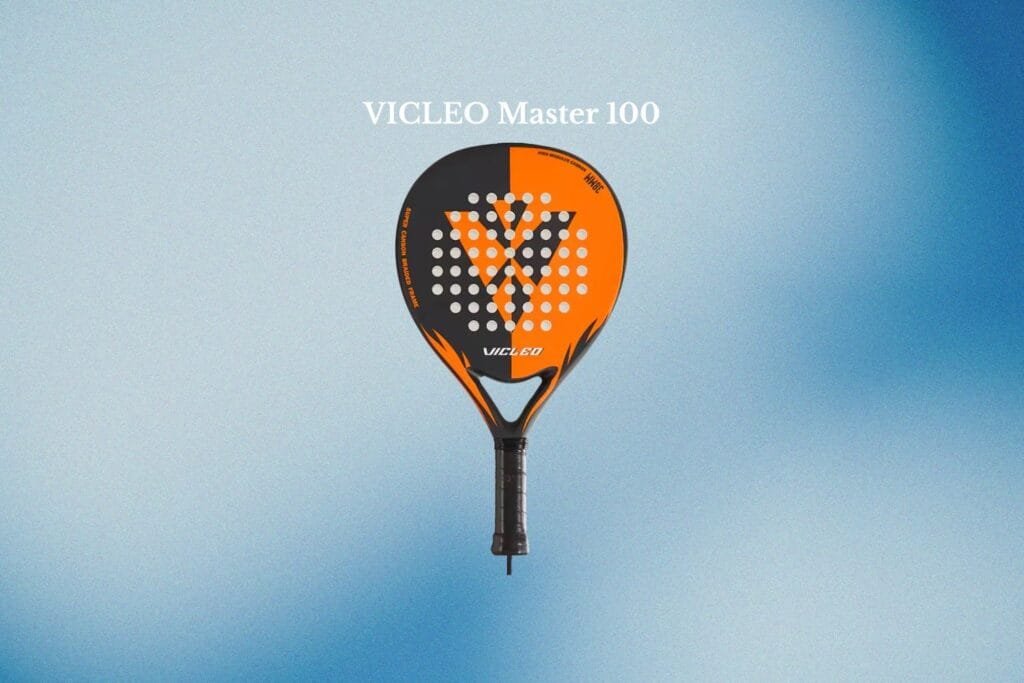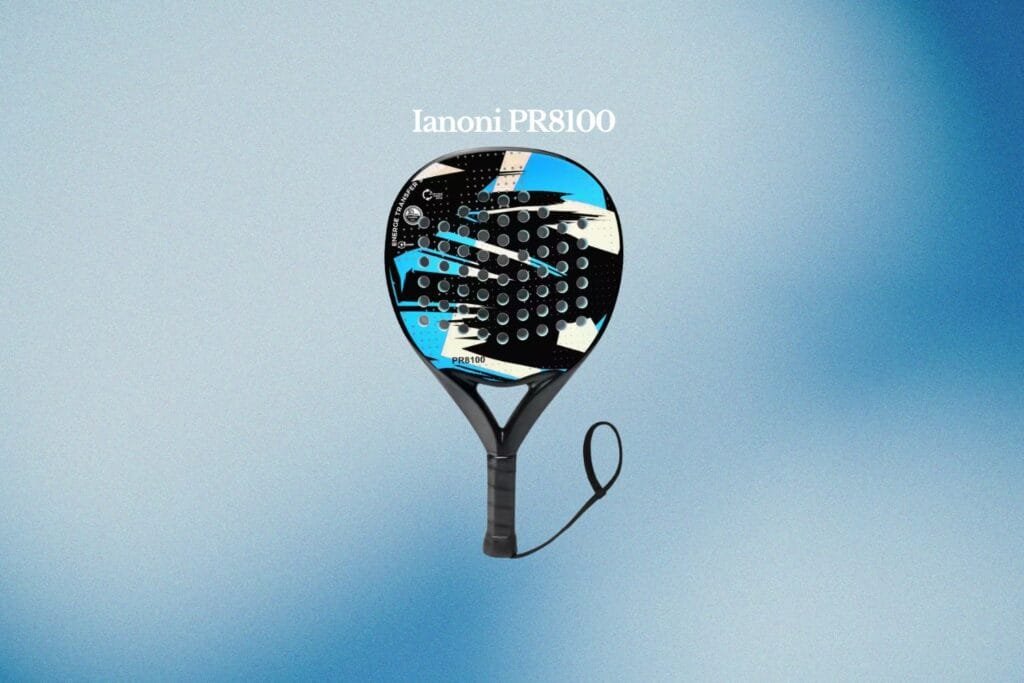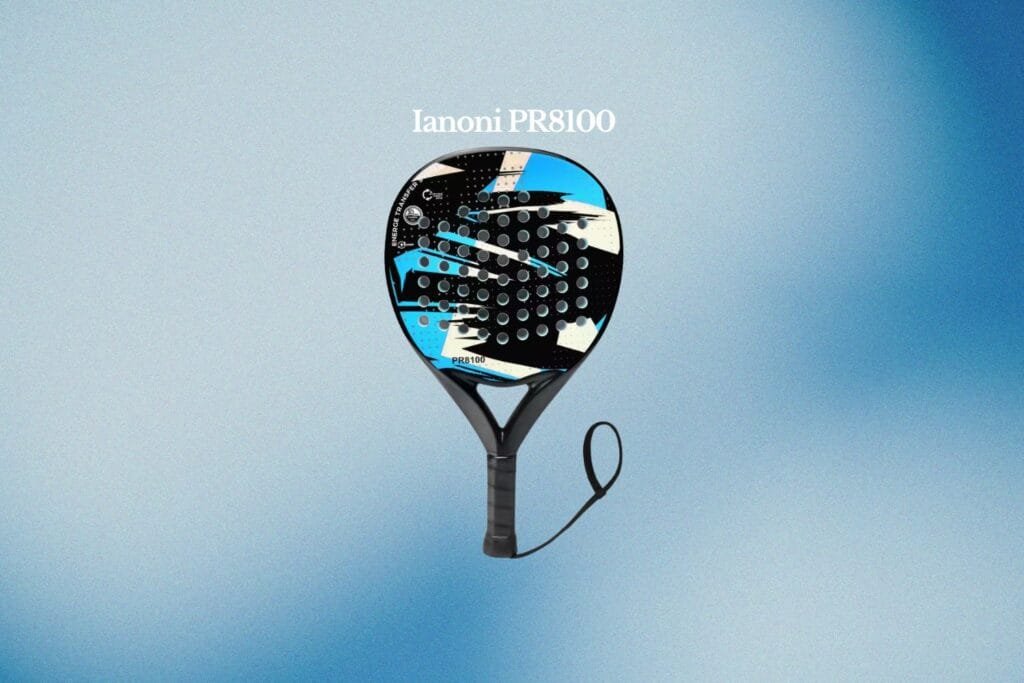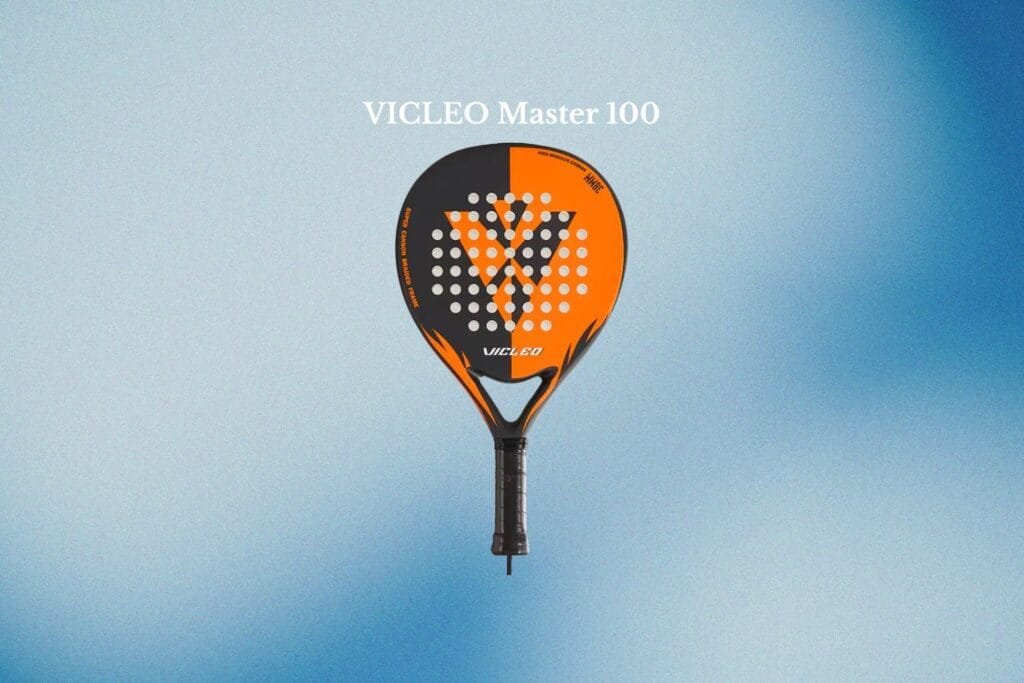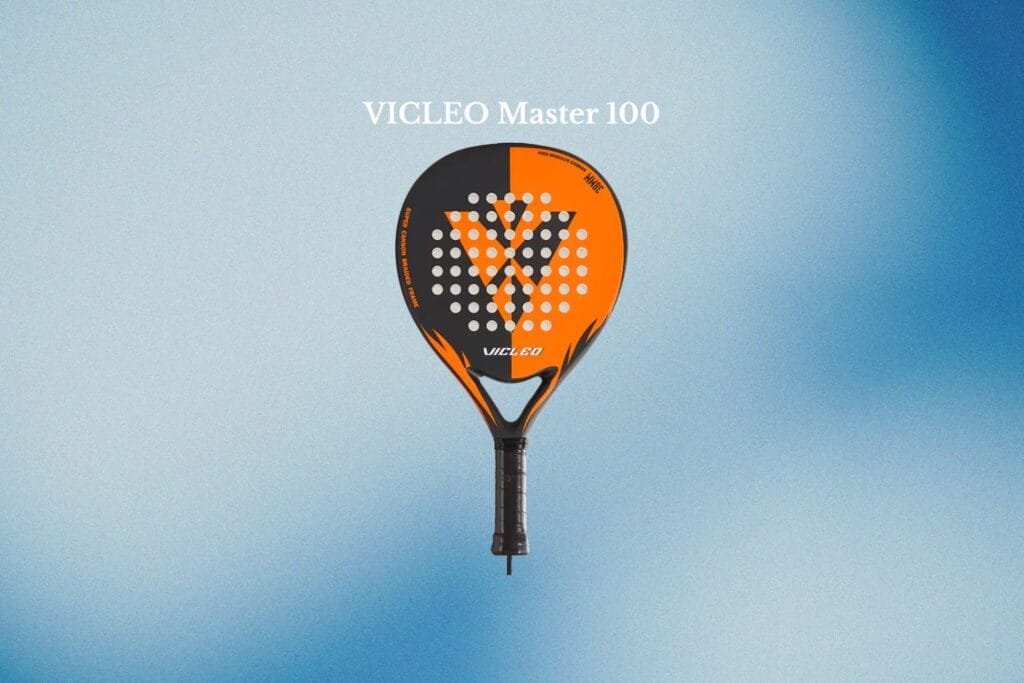
In recent years, pro padel has exploded in popularity, with packed stadiums, broadcast deals, and elite athletes competing for global recognition. At the heart of this competitive sport lies a crucial question: how are players ranked? Understanding the ranking system in pro padel offers insight into not just player prestige, but also tournament qualifications, partnerships, and career strategy.
The Structure of Pro Padel Rankings
The main body overseeing rankings in pro padel is the International Padel Federation (FIP), which works in tandem with the World Padel Tour (WPT) and Premier Padel circuits. These bodies organize and sanction tournaments where ranking points are awarded. The FIP recently introduced the official FIP rankings, now recognized by many as the sport’s international standard.
Earning Points in Tournaments
Ranking points in pro padel are earned through tournament performance. The higher the tournament’s category, such as FIP Platinum, Premier Padel Major, or WPT Master Final, the more points are awarded. Winning a top-tier event can dramatically boost a player’s ranking, while early exits result in few or no points. For example, winning a Premier Padel Major event can grant up to 2,000 points, whereas a smaller FIP Rise event may offer just a fraction of that.
Tournaments typically follow a knockout format. Players accumulate points based on how far they advance. Semifinalists and finalists gain more points, while first-round eliminations provide minimal returns. The points are then added to the players’ ranking total.
The Role of Consistency
In pro padel, consistency is just as important as one-time victories. Rankings are based on a rolling 52-week system, where only a player’s best performances from a set number of tournaments (often 18) are counted. This ensures that a player cannot coast on one big win for too long and must continue to perform throughout the season.
For instance, if a player wins a WPT Open but performs poorly in the next ten tournaments, their rank may still fall as the better results of other players begin to outweigh theirs. The system rewards those who stay active and consistently finish in the later rounds.
Doubles Dynamics
Unlike in tennis, pro padel is exclusively a doubles sport. Rankings apply individually, but performances are tied to how well pairs do in competition. This dynamic means partnerships matter greatly. A well-ranked player might team up with a lower-ranked partner, and although they can still earn points together, their seed in a tournament draw may be affected.
As a result, players often consider strategic pairings to optimize ranking potential. Two top-20 players joining forces can increase their chances of deeper tournament runs, securing better draws and higher rankings. This makes the doubles relationship in pro padel both a tactical and professional decision.
Seedings and Entry
Rankings in pro padel serve more than just prestige, they determine tournament seedings and automatic qualifications. The top-ranked players are seeded to avoid facing each other in the early rounds. This structure helps maintain competitive balance and builds excitement toward later-stage clashes.
Additionally, certain tournaments, particularly Premier Padel or WPT Masters, may have ranking-based entry. Players or pairs outside a ranking threshold may need to play qualifying rounds or might not be eligible at all. Thus, maintaining a solid rank is essential for access to the sport’s most lucrative stages.
The Impact of Injuries and Time Off
Time away from the sport, whether due to injury or personal reasons, can negatively affect a player’s ranking. Since the ranking system is time-based, missing several months of tournaments means missed opportunities to earn or defend points. When a past result “expires” after 52 weeks, the player loses those points unless they achieve a similar or better result at a new event.
To mitigate this, some injured players may use a “protected ranking” mechanism in certain cases, allowing them to enter tournaments based on their previous rank once they return. However, they still need to perform to regain or improve their standing.
Pro Padel’s Ranking Evolution
The pro padel world is still evolving, and with it, so too are the rankings. As Premier Padel gains ground and becomes a primary tour supported by the FIP and the Professional Players Association, the ranking system is expected to unify more formally across tours. This could mean clearer pathways for new talent and better recognition of international players.
Overall, rankings in pro padel are not just a scoreboard, they are a reflection of endurance, skill, partnership, and strategy. Understanding how they work helps fans appreciate the depth behind the sport’s fast-paced matches and the dedication of its top athletes. Whether you’re a casual viewer or an aspiring player, grasping the ranking mechanics provides a richer appreciation for what it takes to rise to the top of pro padel.



